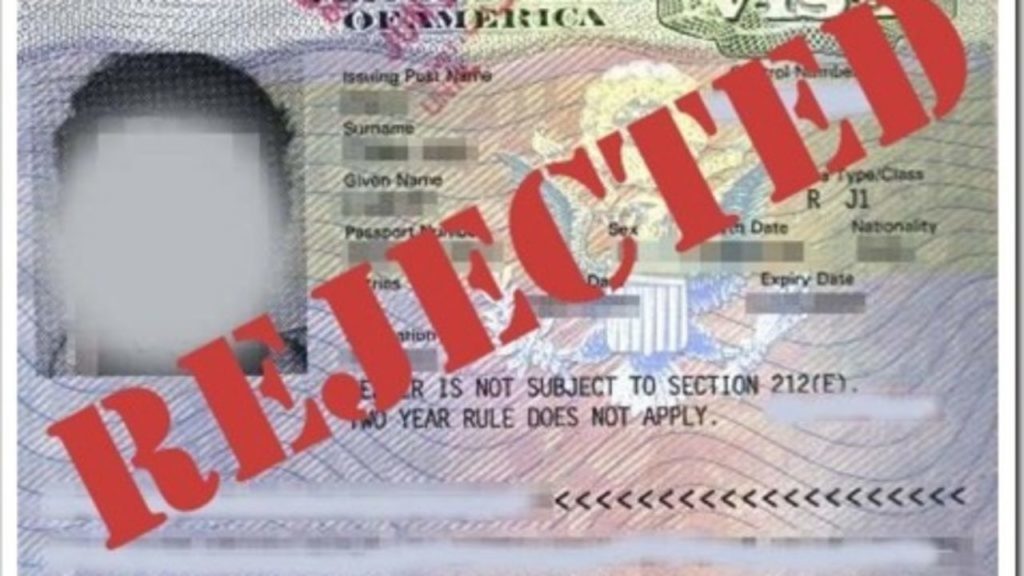New H1B Visa Restrictions Applicable From December 7; Will US Courts Help Indian IT Employees?

On October 6, 2020, the US Department of Labor issued an Interim Final Rule (IFR) about increasing the current wages documented to hire an H-1B visa employee.
From October 8 onwards, the DOL took effect of this rule, increasing the wages for hiring H-1B visa workers by 40-50% on average.
On the same day October 6, the US Department of Homeland Security (DHS) also issued a rule, under the Trump administration, which would make the already stringent H-1B rules for foerign born tech nationals, even tougher.
While the DOL rule was implemented from October 8 onwards, the DHS’ H-1B visa rule was open for public comments for a period of 60 days, which will end on December 7.
This means by December 7, 2020, the US Government could either strip off the ruling against H-1B visa holders, or comply with it.
This marks the importance of this very piece of article.
Let’s learn more about it.
DHS and DOL Rules to Destroy the American Dreams for Indian Techies
The DOL and DHS, both of which are US government agencies, drafted new rules concerning H-1B visa candidates in the US, on October 6, 2020.
In lieu of protecting jobs for fellow AMerican citizens from foreign nationals, the Trump administration went ahead implementing the DOL rule, according to which any US company hiring an H-1B visa holder will have to pay at least 40-50% more to this candidate, as compared to an American citizen.
This stunt makes it significantly more expensive for employers in the US to hire a talented foreign pool.
While DOL’s wage hike rule came into effect 2 days later on October 8, the DHS’ H-1B rule is to come into effect after a 60 days period, which was targeted for receiving comments on it.
If this H-1B rule proposed by DHS is passed, the most effect it will have is on Indian techies and IT service providers.
Of the 65,000 petitions granted to foreign H-1B holders every year, a major share goes to Indians.
In FY19, there were 1.8 lakh H-1B visas issued, of which 1.3 lakh were scored by Indians alone.
Lawsuits Filed Against DHS’ H-1B Rule
SInce the proposal of the 2 rulings against H-1B visa holders, 3 lawsuits have been filed against them in US courts, of which 2 were against the DOL wage hike.
The lawsuit filed against the DHS rule, dated October 6, 2020, was filed by businesses and universities led by the U.S. Chamber of Commerce.
These plaintiffs allege that the law proposed by the Trump administration lacked a good cause to do so.
The Administrative Procedure Act (APA) requires federal agencies to provide notice and the opportunity to comment before a regulation goes into effect.
However, the Trump administration on the other hand, published the two rules without allowing the public to comment over it.
The plaintiffs have backed their cause by showing results from an analysis by the National Foundation for American Policy (NFAP).
“The U.S. unemployment rate for individuals in computer occupations stood at 3.5% in September 2020, not changed significantly from the 3% unemployment rate in January 2020 (before the pandemic spread in the U.S.)”, reads Paul Hughes, the lead counsel for the Chamber.
What are the Odds of DHS Rule Being Passed on December 7?
The hearing was held on November 23 and was heard by the District Court Judge Jeffrey S White.
The data cited by Hughes was available to DHS and DOL before issuing the rules, along with DHS statistics that show most H-1B visa holders work in computer occupations.
“I believe there is a significant chance that the court will block the DOL rule. I also suspect the DHS rule will be blocked,” says Joel Yanovich, immigration attorney, Murthy Law firm in the US.

Comments are closed, but trackbacks and pingbacks are open.